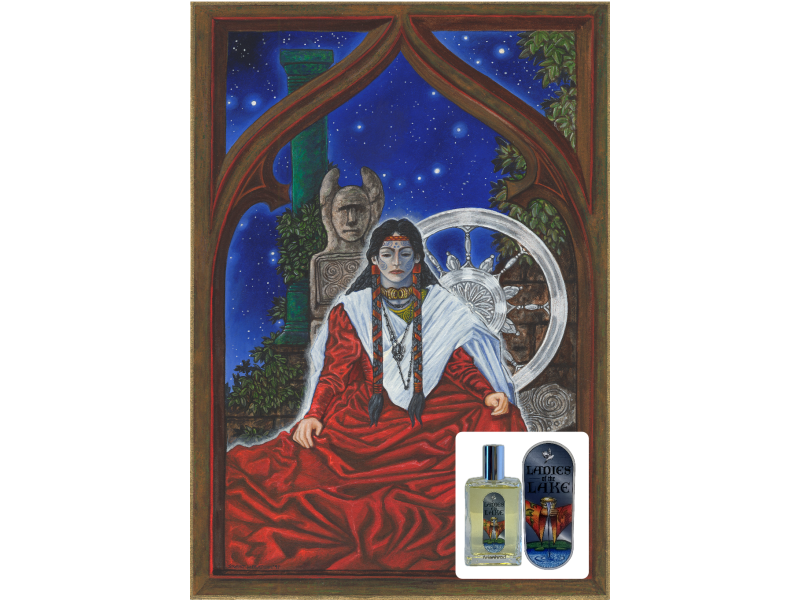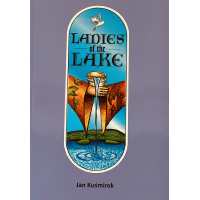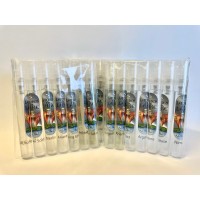Arianrhod Queen of the Silver Wheel. Do I remind you of these sweet scents but I am far more than these scented notes crafted by a master perfumer? I scent your soul and join your fragrant essence to cast yourself anew.
Crown: Hawthorn, Orange Blossom, Honey, Freesia, Pine Needles. Heart: Rose, Jasmine, Violet. Root: Patchouli, Vanilla, Ambrette.
| Alcohol | Humans have used alcohol in many forms for thousands of years. It has been used for various purposes: drinks, medicine, and as a solvent for essential oils and other substances. Due to its antiseptic qualities, alcohol is also used as a preservative. Natures Children uses denatured alcohol which is natural ethyl alcohol mixed with other substances (denaturants), making it unusable for drinking. |
| Benzyl alcohol | A solvent and preservative and topical antiseptic. It is a constituent of jasmine, hyacinth and many other plants. |
| Benzyl benzoate | It is on a list produced by the World Health Organisation as a medicine. It is an aromatic ester of natural benzyl alcohol and benzoic acid and it occurs in a number of flowers. It has uses an insect repellent and also to reduce the symptoms of asthma. It is also used as a natural preservative. |
| Benzyl salicylate | This is a fragrance additive with a mild odour slightly balsamic or floral. It is a fixative for perfumes. |
| Butylphenyl methylpropional | A fragrance additive for use in personal care products. A small number of people are sensitised to this material and it occurs on ingredients lists as an allergen. |
| Citral | The older name for citral is lemonal which gives the clue that it is a natural constituent of lemon peel oil. It occurs in the volatile or essential oils of lemongrass, lemon, orange, lime, and pimento and others. It is one of the main characteristic flavours in the citrus family, alongside limonene, and similarly a few people become irritated by it, so in isolation it is considered an allergen. |
| Citronellol | This natural component of many essential oils has a sweet rose-like scent. These oils include rose, geranium, neroli, chamomile, tagetes, lemongrass, basil and lavender. Citronellol is used in the formulation of bath products, bubble baths, cleansing products, hair care products, moisturizers, perfumes and skin care products. |
| Coumarin | Coumarin is a fragrant organic compound occurring naturally in many plants it gives the smell to freshly cut grass and hay. |
| Eugenol | A natural constitution of essential oils with disinfectant and anaesthetic properties. It can be a mild skin irritant. |
| Farnesol | Farnesol is a naturally occurring component of essential oils, such as jasmine, ylang-ylang oil, rose and neroli. It has a gentle odour reminiscent of violets and is wonderful for creating a sweet, floral perfume. In Europe, farnesol is included on the list of “allergenic” substances. |
| Geraniol | It is the primary natural constituent of rose, palmarosa and citronella essential oils, providing their characteristic smell. It also occurs in small quantities in geranium, lemon and many other essential oils. As smell and taste are closely related, geraniol is used in flavours such as peach, raspberry, grapefruit, red apple, plum, lime, orange, lemon, watermelon, pineapple and blueberry. It is listed as an allergen for people sensitive to it. |
| Hexyl cinnamal | Derived from chamomile oil and is a masking agent used in fragrance. |
| Hydroxycitronellal | A natural perfume ingredient widely found in many essential oils such as lime, lemon and ylang ylang. |
| Hydroxyisohexyl 3-cyclohexene carboxaldehyde | A common perfume ingredient known as lyral. It has a delicate sweet light floral odour. |
| Isoeugenol | A natural component of essential oils such as ylang ylang. |
| Limonene | Limonene is a natural constituent of essential oils with a sweet lemon-like odour. It occurs naturally in many essential oils, such as lime, lemongrass, neroli, grapefruit, tangerine, oakmoss, olibanum, peppermint, rose, sage and fennel. It is one of those many natural ingredients that is listed as an allergen, despite being commonly found in many foods and fruits. |
| Linalool | Linalool is a natural substance with a soft, sweet odour. It occurs naturally in many essential oils, such as ho wood oil, tangerine, spearmint, rose, neroli, mandarin, lemon, lime, lavender etc – it is very common. A small number of people have allergic responses to specific fragrance materials, such as linalool, so this name is found on lists of allergens. |
| Parfum | A generic word which under EU law is required to identify any product which is used to supply fragrance or aroma to a cosmetic. Parfum can be natural or synthetic or a blend of essential oils. Sometime those products and manufacturers who want to seem ultra-natural dodge this word and try to list individual components, such as essential oils. However, if added for fragrance they should legally be called parfum. If added for aromatherapy or medicinal reasons then this comes under different legalisation, such as the medicines act. |
| Aqua | Water. There is an internationally agreed nomenclature for all cosmetic ingredients (INCI). Latin is often used, such as in this case where aqua simply means ‘water’ in Latin. |
Related Products
£7.95 £7.95
£13.50 £13.50
£14.95 £14.95

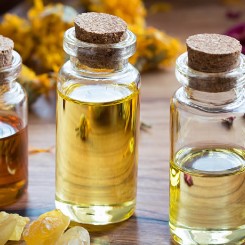 Essential Oils
Essential Oils
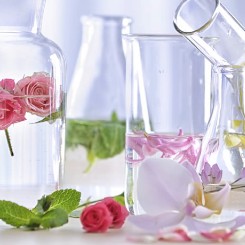 Hydrolats, Hydrosols, Floral Waters
Hydrolats, Hydrosols, Floral Waters
 Synergies
Synergies
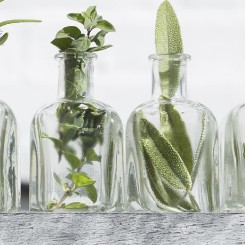 Herbal Oils
Herbal Oils
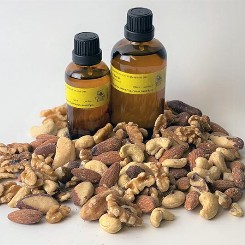 Vegetable Oils
Vegetable Oils
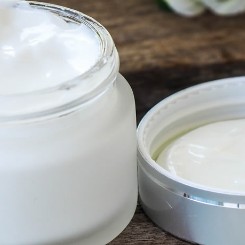 Bases
Bases
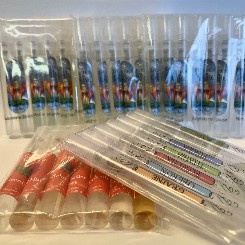 Books, Kits and Trial Packs
Books, Kits and Trial Packs
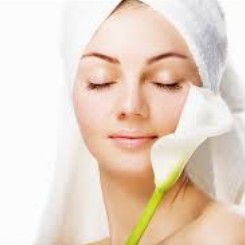 Skincare
Skincare
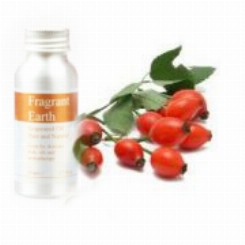 Body Care Oils
Body Care Oils
 Hair Care
Hair Care
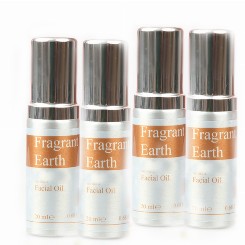 Facial Oils
Facial Oils
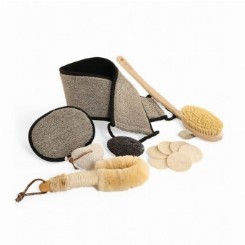 Eco Bath
Eco Bath
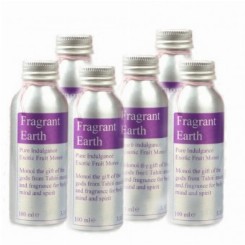 Pure Indulgence
Pure Indulgence
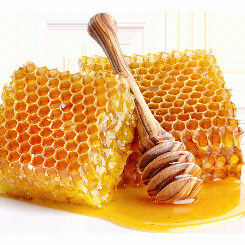 Honey, Beeswax & Propolis
Honey, Beeswax & Propolis
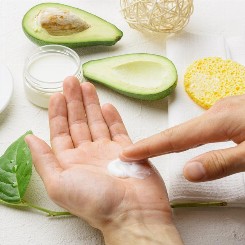 Handcream
Handcream
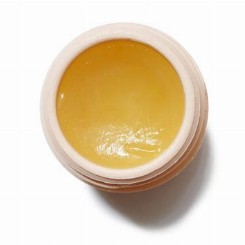 Balms, Salves & Ointments
Balms, Salves & Ointments
 Oral Care
Oral Care
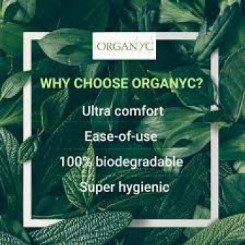 Feminine Hygiene
Feminine Hygiene
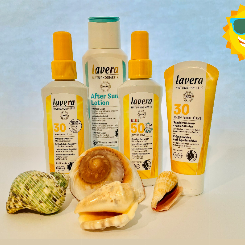 Sun Care
Sun Care
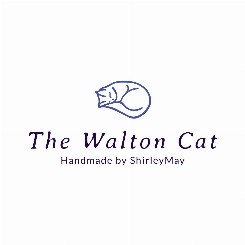 The Walton Cat
The Walton Cat
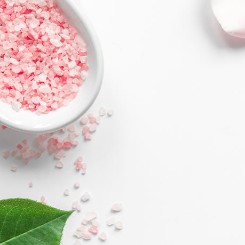 Bath Salts
Bath Salts
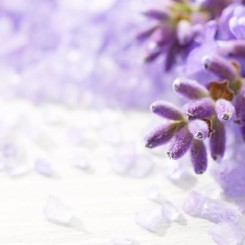 Somerset Lavender
Somerset Lavender
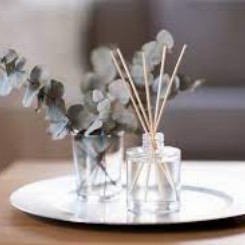 Diffusers
Diffusers
 Candles
Candles
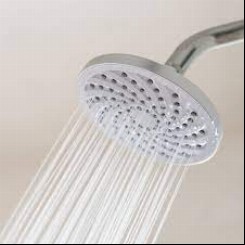 Shower Gel
Shower Gel
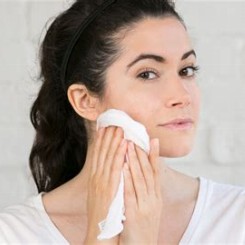 Soap
Soap
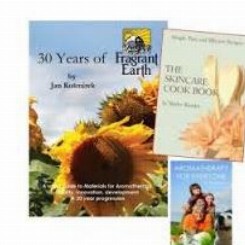 Books
Books
-245x-245x.jpg) Aromatic Waters
Aromatic Waters
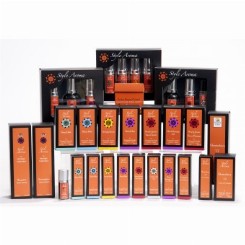 Style Aroma
Style Aroma
 Synergy Blends
Synergy Blends
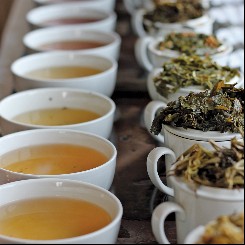 Miles Speciality Teas & Coffees
Miles Speciality Teas & Coffees
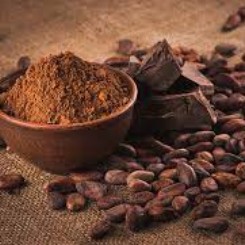 Chocolate one of life's passions
Chocolate one of life's passions
